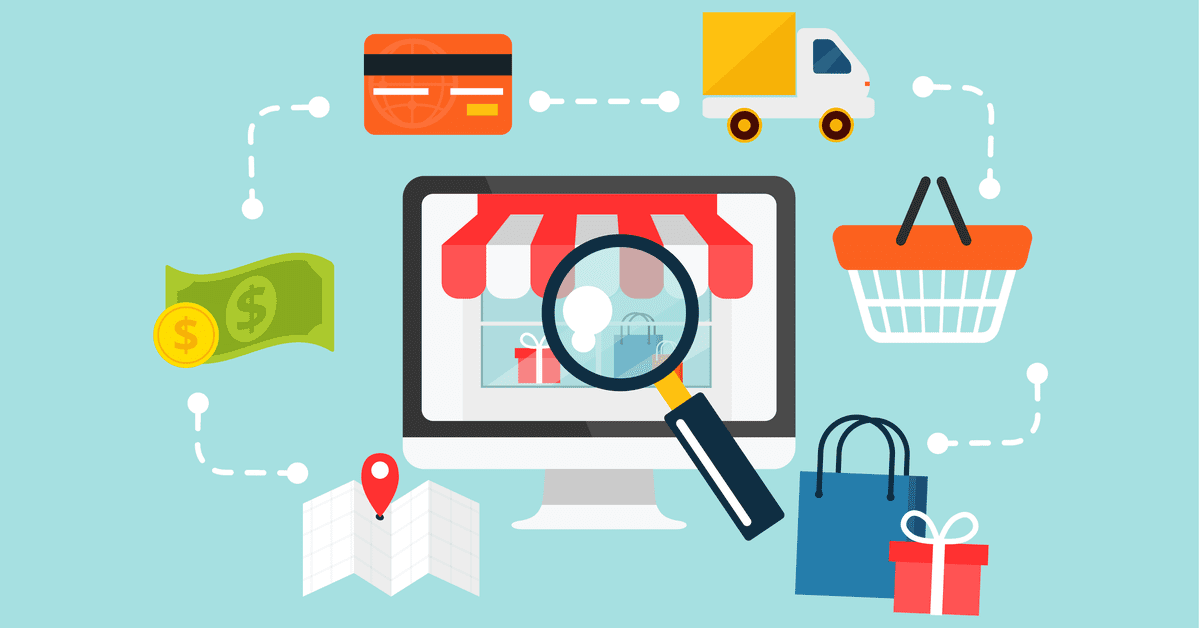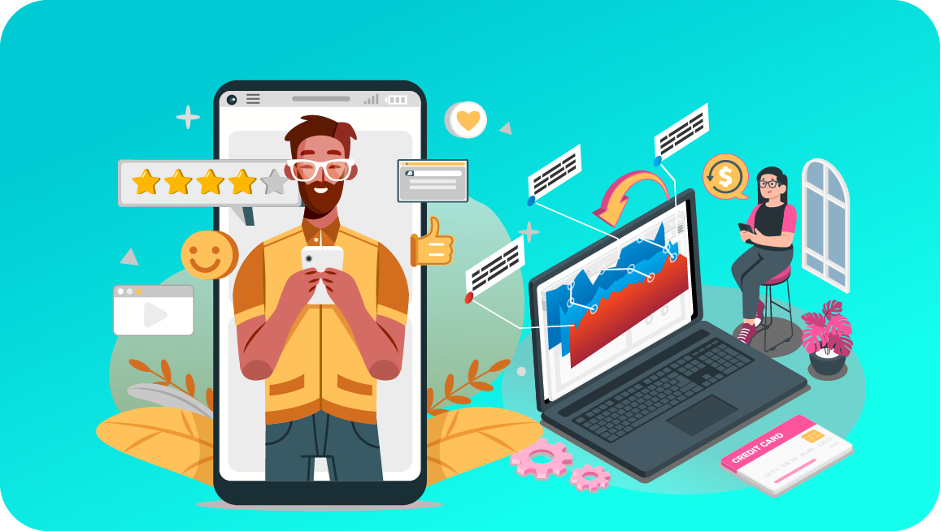In the current digital landscape, consumers anticipate a shopping experience that effortlessly caters to their preferences across all platforms. Retailers must transcend traditional brick-and-mortar setups and embrace a connected retail experience, ensuring a harmonious integration of both online and offline realms.
Understanding the Connected Retail Experience
A connected retail experience seamlessly merges the digital and physical spheres. This implies that customers should be able to:
- Explore products and make purchases both online and in-store.
- Access product details and reviews through online and in-store channels.
- Receive personalized recommendations based on their purchase history and online interactions.
- Utilize mobile devices to engage with in-store displays and staff.
- Monitor their orders and returns with equal convenience online and in-store.
Significance of a Connected Retail Experience
Numerous advantages stem from cultivating a connected retail experience, including:
- Heightened customer acquisition and retention: Positive experiences encourage customers to return and make future purchases.
- Enhanced brand loyalty: Personalized experiences foster a sense of understanding, leading to increased brand allegiance.
- Elevated sales: Streamlined accessibility can facilitate a smoother purchasing process, resulting in increased sales.
- Operational cost reduction: A connected retail experience aids in operational efficiency and cost reduction.
Strategies for Building a Connected Retail Experience
Several strategies can contribute to the establishment of a connected retail experience. Here are some recommendations:
- Invest in technology: Employ a robust e-commerce platform, a mobile app, and efficient in-store point-of-sale systems.
- Collect and analyze customer data: Leverage customer data from both online and offline sources to tailor marketing efforts and communications.
- Create a seamless omnichannel experience: Ensure a smooth integration between online and offline channels, allowing customers to transition effortlessly.
- Personalize the experience: Utilize customer data to personalize shopping experiences, including product recommendations, similar item suggestions, and targeted promotions.
- Staff training: Equip staff to deliver exceptional customer service both online and offline, ensuring familiarity with technology and product knowledge.
Exemplary Instances of Connected Retail Experiences
Several retailers excel in creating connected retail experiences:
- Starbucks: Offers a mobile app enabling customers to pre-order and pay for coffee, track rewards, and locate nearby stores.
- Nike: Features a digital showroom, NikeLab, allowing customers to virtually try on shoes and make direct purchases.
- Sephora: Provides a beauty advisor app for personalized product recommendations, appointment bookings, and purchase history tracking.
Building a connected retail experience is an ongoing endeavor critical for success in today’s digital-centric world. By implementing the aforementioned strategies, retailers can craft an experience that resonates with customers, fostering business growth. Additionally, maintaining a consistent brand experience across all channels and regularly measuring the success of the connected retail experience are essential components for sustained success.




